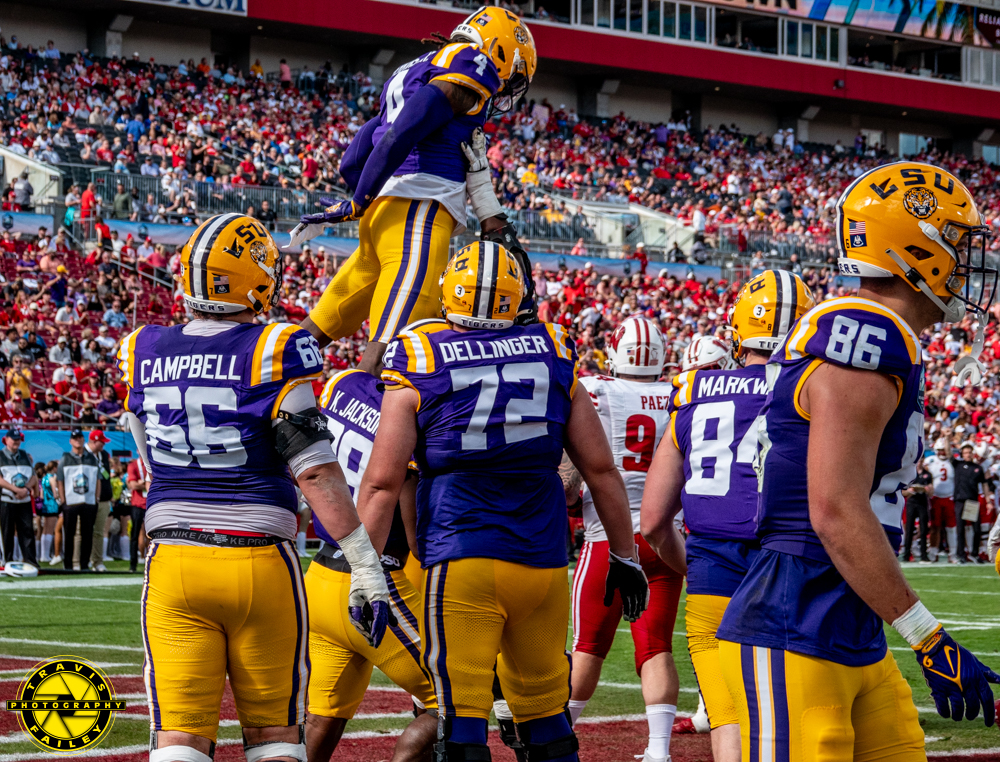Posts Tagged ‘big ten’
LSU Tigers Come Back Multiple Times Against The Wisconsin Badgers To Win The 2024 Reliaquest Bowl

ReliaQuest Bowl 1JAN2024Raymond James Stadium Tampa All Photos By Jordan Raiff & Travis Failey Marking the 38th year of Tampa’s historic SEC versus Big Ten inter-conference match-up. This year LSU and Wisconsin were representing their respective conferences. With Heisman Trophy winner Jayden Daniels opting to be a healthy scratch, LSU had an uphill battle in […]
Terps win two in a Rowe
(courtesy of USF Athletics) College Park, Md. — The Maryland Terrapins have beat the USF Bulls now two years in a row. Last year 24-17 on September 6th in Tampa and again yesterday in College Park, Maryland. USF’s defense hauled in three interceptions and jumped out front early, but the Bulls were unable to grab their […]
Best Conference in College Basketball

Earlier in the year I made my argument for the best conference in college football, the SEC. But with the arrival of March, we have to wonder, “Who is the best in college basketball?” Is it the Big-East? A powerhouse conference that usually has the most tournament teams (they have 16 basketball schools this year) […]
Big 10 Preview

No big surprise here. The Buckeyes return nine starters on offense and seven on defense from a team that dismantled Oregon in the Rose Bowl. Terrelle Pryor had his knee fixed up over the offseason, so he should be even more elusive and make opposing defenses look even more helpless. With depth all over, except […]









